115 Years, 115 Impactful Moments
Click to play USC Viterbi's 115th anniversary trivia game
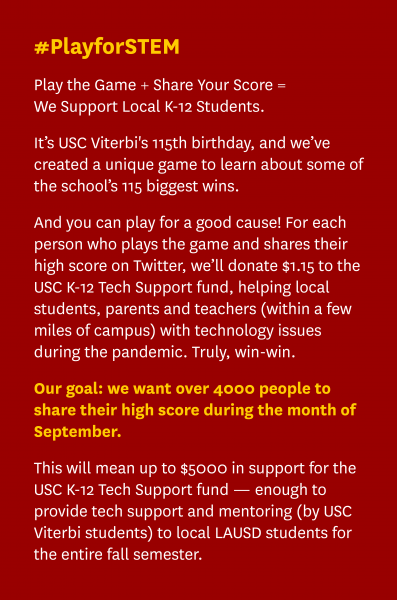 In 1905, USC offered its very first engineering courses out of the physics and mathematics departments.
In 1905, USC offered its very first engineering courses out of the physics and mathematics departments.
One hundred and fifteen years later, the USC Viterbi School of Engineering has a name and a host of accomplishments over the ensuing 11.5 decades.
This past May, Dean Yannis Yortsos, working with USC Viterbi vice deans, chairs, and select senior faculty, sought to identify 115 amazing USC Viterbi accomplishments by faculty, students and alumni over that span of time. This list would span all eight departments, the famed USC Information Sciences Institute and various programs of the school.
This list, like many of its kind, suffers from a clear recency bias. It is by no means the definitive list of all the USC Viterbi School’s noteworthy accomplishments! However, despite these limitations, perhaps it will serve as a helpful primer on what George Bekey, USC Viterbi professor emeritus, once called the school’s “remarkable trajectory.”
Test your knowledge of these USC Viterbi “wins” in a “Who Wants To be A Millionaire”-style interactive game above.
Or, for those who prefer to dive right in…the full list of 115 accomplishments for 115 years awaits.
Curricula, Programs and Infrastructure
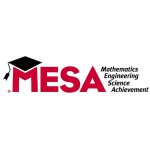
The USC MESA (Mathematics Engineering, Science Achievement) Program is established in 1977.
The program is one of the nation’s most successful efforts to encourage K-12 students from minority/disadvantaged groups to consider science and technology as career paths.
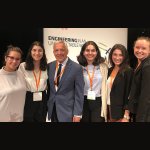
In 2009 USC Viterbi co-creates and launches the National Academy of Engineering Global Grand Challenges Scholars Program, a new education model to prepare engineers to be world changers.
The program has since been implemented at more than 122 universities in the United States and 33 overseas.
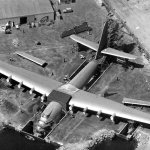
In 1953, Hughes Aircraft contracted with USC to offer master’s-level instruction to its staff engineers under the Cooperative Engineering Program. This partnership grows to include the launch of the university’s first distance education program in 1968-1972.

During World War II, USC became a major center for Engineering Science and Management War Training in 1942. Under the leadership of Dean Robert Vivian, some 50,000 students came through the government-sponsored program, the largest single-campus effort of its kind in the country.
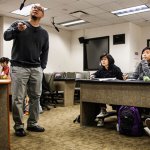
USC Viterbi's Distance Education Network (DEN) is ranked #1 for online graduate engineering programs by U.S. News and World Report in the inaugural rankings (2013) and again as recently as 2017.
The program, building on its nearly 50 year history, remains among the most distinguished in the nation.

USC Viterbi's iPodia's program launches in 2009 – a global partnership for shared learning with 13 universities on four different continents.
Also in 2009, USC Viterbi opens its Shanghai office, followed by the India Office in 2011.
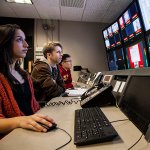
In 1972, the school debuted its pioneering distance education program via the Norman Topping Instructional Television Network, or ITV. Today, that system is known as USC Viterbi’s Distance Engineering Network, or DEN (ranked No. 1 by U.S. News & World Report, as recently as 2017).
Initially, lectures were broadcast via closed-circuit television to remote sites, allowing students to interact via two-way hookup. By 2001, DEN programs are offered completely online.
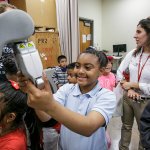
In 1975, the Pre-College Programs Office was established.
Now the K-12 STEM Center, this outreach arm of USC Viterbi works to increase the number of educationally disadvantaged and underrepresented K-12 students who matriculate to four-year universities and graduate with STEM degrees.

In 1905, USC offers its first engineering courses out of the physics and mathematics departments.
These include Direct Current Principles and Machinery, Alternating Current Theory and Machinery, Dynamo Laboratory, and a surveying course. Two decades later, the engineering school is founded, with Philip S. Biegler serving as its first dean.
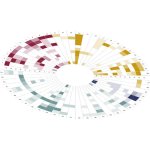
In 2009, Dean Yannis Yortsos coins the term Engineering+, a concept promoting interdisciplinary research, programs and faculty appointments that enable engineering’s powerful role for innovation in the sciences and the professions.
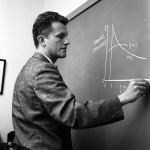
In 1988, the USC Systems Architecting and Engineering program was created by ISE faculty member, Eberhardt Rechtin, the father of the NASA Jet Propulsion Lab Deep Space Network.
It becomes one of USC Viterbi’s most important DEN programs serving aerospace industries.
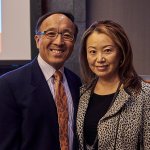
In 2016, the Min Family Challenge (MFC) is established through an endowment by alumnus Bryan Min and his wife, Julie Min, to place USC Viterbi students at the epicenter of the world’s most pressing issues.
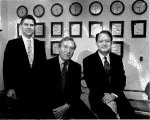
Amid intense competition, USC engineering wins its first National Science Foundation-funded Engineering Research Center in 1996, the Integrated Media Systems Center (IMSC). The center is lead by future dean, Provost and President, C.L. Max Nikias.
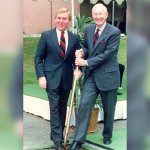
Under the leadership of Dean Len Silverman, the Howard Hughes Electrical Engineering Building and the Charles Lee Powell Hall buildings are established. The buildings provide a home for the systems and electrophysics subsets of the Ming Hsieh Department of Electrical and Computer Engineering.

In 1992, USC Viterbi’s position as a photonics research center was strengthened by the dedication of two laboratories: The W.M. Keck Foundation Photonics Reserach Laboratory and the Charles Lee Powell Photonics Instructional Laboratory.

In 1975, USC Viterbi established the Minority Engineering Program (now the Center for Engineering Diversity).
USC thus became the first private university in California to fund a program focused on the recruitment, retention, and graduation of African American, Hispanic, and Native American students.
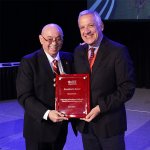
In 2017, the American Society for Engineering Education (ASEE) honored USC Viterbi with the prestigious President’s Award.
Presented to Dean Yannis Yortsos for his efforts in creating the ASEE’s Deans Diversity Pledge, which by then numbered 210 signatory schools. In 2016, Dr. Brandi Jones became USC Viterbi’s first vice dean for diversity and strategic initiatives.

In 1970, the same year that the Nixon administration created the Environmental Protection Agency (EPA), USC Engineering lauched the Environmental Engineering Program, among the first programs of its type in the country

In 1908, USC awarded a degree in civil engineering, its first engineering degree.
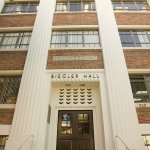
The first engineering building on the USC campus was dedicated in 1940.
The 28,000-square-foot Engineering Building (now Biegler Hall) cost $86,000. Seventeen years later, the university’s first computer was installed there.
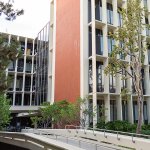
In 1961, the Olin Foundation gifted $2.3 million to USC for construction of Olin Hall, the first major gift in USC's $106-million fundraising campaign.
Under the leadership of dean Alfred C. Ingersoll, this partnership continued with Vivian Hall of Engineering and Materials Science in 1967 — constructed with another $2.7 million grant from the Olin Foundation.
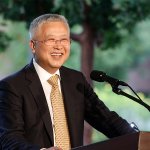
Launched in July 2010, Ming Hsieh's second transformative gift established the Ming Hsieh Institute for Research on Engineering-Medicine for Cancer, fueling a revolutionary collaboration between the USC Viterbi School and the Keck School of Medicine of USC.
The gift created a permanent endowment to support collaborative research in the field of nanomedicine for cancer.

Ronald Tutor Hall, a “home” for engineering undergraduates, opens in 2005. The six-story, state-of-the-art facility houses all student services and student organizations.

With its fountains, statue of Neil Armstrong and outdoor meeting spaces, the Epstein Family Engineering Plaza (formerly Archimedes Plaza), completed in 2014, is a central gathering place for faculty, students and staff.
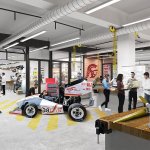
The Baum Family Maker Space is established in summer 2020 for undergraduate student invention.
This new facility positions USC Viterbi as a leader in hands-on engineering learning for students.
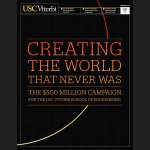
In 2019, USC Viterbi concluded its ambitious $500 million fundraising initiative (officially launched in 2013), resulting in widespread impact to the school, including 58 new endowed scholarships, 19 endowed faculty positions.
This came on the heels of the $300 million “Destination: The Future” initiative (2001-2008) that named the school and half of its departments.

Historic naming gifts - USC Viterbi is the first U.S. engineering school with four named departments:
The Daniel J. Epstein Department of Industrial and Systems Engineering (2002), the first named department at USC; the Mork Family Department of Chemical Engineering and Materials Science (2005); the Ming Hsieh Department of Electrical and Computer Engineering (2006); and the Sonny Astani Department of Civil and Environmental Engineering (2007).
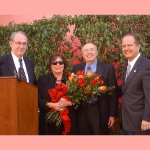
In 2004, the USC School of Engineering is renamed as the USC Andrew and Erna Viterbi School of Engineering.
The gift — the largest ever to an existing school of engineering — is from from Andrew J. Viterbi, ’62, who co-founded wireless technology company Qualcomm, and his wife, Erna.
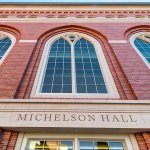
In January 2014, a new epicenter for convergent biosciences is revealed at USC.
The first gift, from Gary and Alya Michelson, established the Michelson Center for Convergent Bioscience (the largest building on the University Park Campus). Six years later, Allen and Charlotte Ginsberg’s donation established the Dr. Allen and Charlotte Ginsburg Human-Centered Computation Building, designed to also house the Department of Computer Science. These two visionary gifts build upon the wet labs in nearby Irani Hall to form a “Convergence Plaza,” where engineers, scientists and doctors can come together to tackle the most pressing issues in healthcare.
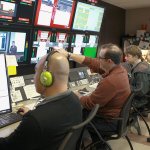
In 2020, USC computer science earned the top spot in the U.S. News & World Report (USNWR) rankings for best online master’s programs in information technology for the eighth consecutive year, while USC Viterbi graduate programs consistently ranked in the top 10 in the USNWR.
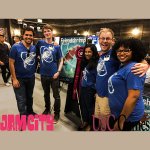
USC Games, a joint initiative between the USC Viterbi School of Engineering and the USC School of Cinematic Arts, has been recognized as the No. 1 games program in North America since 2009 (Princeton Review).
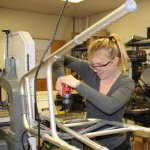
In 1976, USC established the Department of Biomedical Engineering, the first such program in the state to offer bachelor, master and Ph.D. degrees.
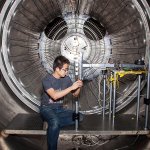
In 2009, USC became the first and only university to offer bachelor, master and doctorate degrees in astronautical engineering.
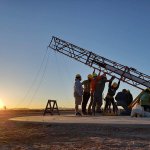
In April 2019, the USC Rocket Propulsion Laboratory, became the first student group to launch and recover the world’s first entirely student-designed and fabricated rocket into outer space.
Traveler IV reached 340,000 feet and set the student world altitude record.
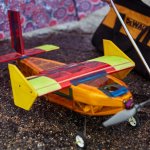
The USC AeroDesign Team won the AIAA Design/Build/Fly competition in 1998, 2014, 2017, and 2020.
It also won best report three years in a row (2018, 2019, 2020). The contest is an annual opportunity for student teams to design, build and demo the flight capabilities of an unmanned, electric powered, radio controlled aircraft, specific to a particular mission profile released by the AIAA each year.
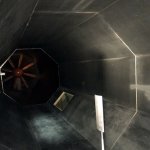
The Dryden Wind Tunnel, the oldest operational wind tunnel in the U.S., is a truly historic facility reaching back to the development of foundational studies in aerodynamics dating from the 1918.
It was transferred to the Department of Aerospace and Mechanical Engineering from National Institute of Standards and Technology.



